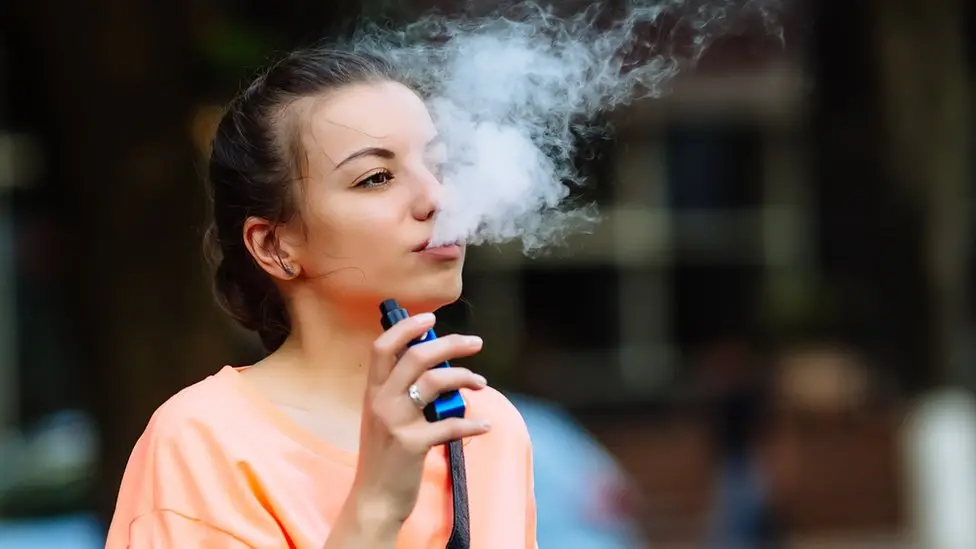How are the vaping rules changing?
…

How are the vaping rules changing?
In recent years, there have been significant changes in regulations surrounding vaping products. Many countries and states have implemented stricter rules and regulations to address the growing concerns around vaping-related illnesses and addiction among young people.
One of the key changes is the restriction on flavored e-cigarettes, as they are believed to attract underage users. Several states have banned flavored vaping products, while the FDA is considering a nationwide ban on flavored e-cigarettes.
Another area of change is in advertising and marketing restrictions. Many jurisdictions have imposed limitations on how vaping products can be promoted, particularly in ways that appeal to youth.
There are also efforts to raise the legal age to purchase vaping products to 21, in line with regulations for alcohol and tobacco. This is a measure aimed at reducing access to these products for young people.
Additionally, there has been a push for more stringent labeling requirements on vaping products, including warnings about the potential health risks associated with vaping.
Some jurisdictions are also exploring the implementation of higher taxes on vaping products as a deterrent, similar to what is done with tobacco products.
Overall, these changes reflect the growing concerns about the health impacts of vaping and the need to protect young people from becoming addicted to nicotine through these products.
It is important for consumers to stay informed about these evolving regulations and comply with them to ensure their own health and the well-being of those around them.







